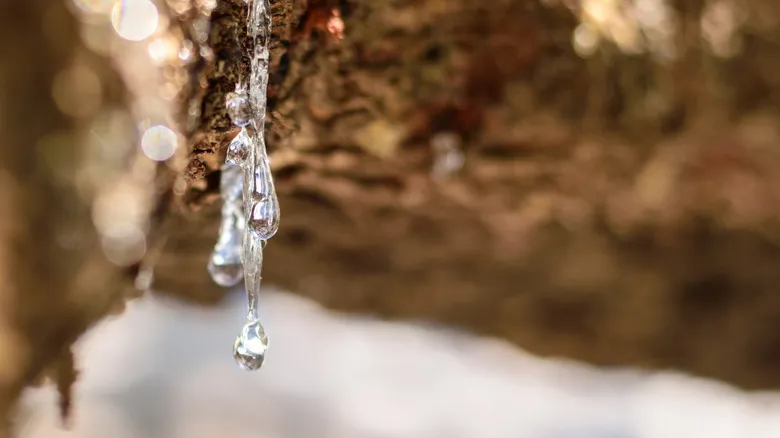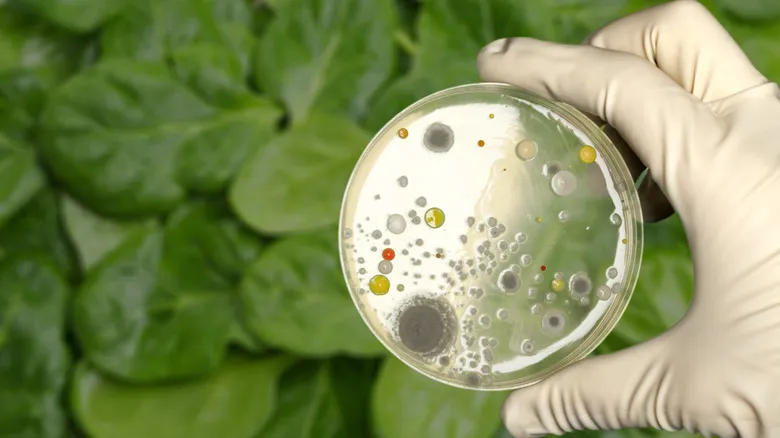The natural origins of gum

The earliest forms of gum were entirely natural and derived from trees that were indigenous to ancient cultures. The oldest known chewing gum is believed to be birch sap; a piece of birch bark sap with bite marks was found in Finland and is estimated to be between 5,500 and 6,000 years old.
In Greece, a natural gum was sourced from the mastic tree on the southern island of Chios, dating back 2,500 years to the era of Hippocrates. In the Mayan and Aztec civilizations, which spanned from Mexico to Central America, the sap from chicozapote trees was collected, processed, and chewed. Native Americans also chewed on hard sap nuggets from spruce trees, which eventually led to the creation of the first commercial chewing gum in the United States.
If you prefer not to use the popular synthetic gums available today, you can enjoy gum similar to that of the ancient Mayans and Greeks. In Mexico and parts of Central America, there are still producers known as chicleros who gather the white sap from tree trunks, cook it down, and shape it into large blocks of natural gum. This product, called chicle (the Spanish word for gum), is distributed to over 30 countries worldwide. The teardrop-shaped sap drippings from the mastic tree are still collected and sold for chewing. While natural gums may be harder to find in typical supermarkets, they can be purchased online or at select natural food stores.
Recommended

Is It Safe To Drink Water With Baking Soda?

Why Is Olestra Banned In Europe But Not The US?

The Chemical Subway Once Used In Its Bread

The Reason Some Fruits And Vegetables Are Often Contaminated With E. Coli
Next up





